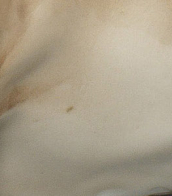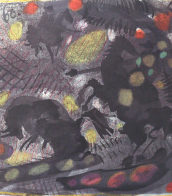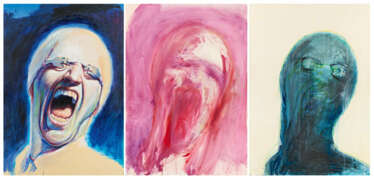wächter, leopold


Heinrich Maria Davringhausen was a German painter associated with the New Objectivity. Davringhausen was born in Aachen. Mostly self-taught as a painter, he began as a sculptor, studying briefly at the Düsseldorf Academy of Arts before participating in a group exhibition at Alfred Flechtheim's gallery in 1914. He also traveled to Ascona with his friend the painter Carlo Mense that year. At this early stage his paintings were influenced by the expressionists, especially August Macke.



Jan Erasmus Quellinus was a Flemish painter and draughtsman, one of the last prominent representatives of the Flemish school of historical and portrait painting of the 17th century.
Jan came from a famous family of painters and sculptors, his father, the painter Erasmus Quellinus II (1607-1678), being his first and principal teacher. Later in Italy, he became a member of the Bentvueghels, a group of mainly Dutch and Flemish artists working in Rome. Back in Antwerp, Jan Quellinus received many commissions for churches in the city and throughout Flanders, and he also had many pupils.
Around 1680, Quellinus worked in Vienna at the Habsburg court as court painter to Emperor Leopold I. Among his other important works was a series of fifteen ceiling paintings of events in the life of Charles V. Some of these works are now in the Kunsthistorisches Museum in Vienna.


Gottfried Helnwein is an Austrian-Irish visual artist. He has worked as a painter, draftsman, photographer, muralist, sculptor, installation and performance artist, using a wide variety of techniques and media.
His work is concerned primarily with psychological and sociological anxiety, historical issues and political topics. His subject matter is the human condition. The metaphor for his art is dominated by the image of the child, particularly the wounded child, scarred physically and emotionally from within. His works often reference taboo and controversial issues from recent history, especially the Nazi rule and the horror of the Holocaust. As a result, his work is often considered provocative and controversial.


Erich Heckel was a German painter and printmaker, and a founding member of the group Die Brücke ("The Bridge") which existed 1905–1913. His work was part of the art competitions at the 1928 Summer Olympics and the 1932 Summer Olympics.


Karl Hofer was a German expressionist painter. He was director of the Berlin Academy of Fine Arts.
One of the most prominent painters of expressionism, he never was a member of one of the expressionist painting groups, like "Die Brücke", but was influenced by their painters. His work was among those considered degenerate art by the Nazis, but after World War II he regained recognition as one of the leading German painters.


Karl Hofer was a German expressionist painter. He was director of the Berlin Academy of Fine Arts.
One of the most prominent painters of expressionism, he never was a member of one of the expressionist painting groups, like "Die Brücke", but was influenced by their painters. His work was among those considered degenerate art by the Nazis, but after World War II he regained recognition as one of the leading German painters.





















































